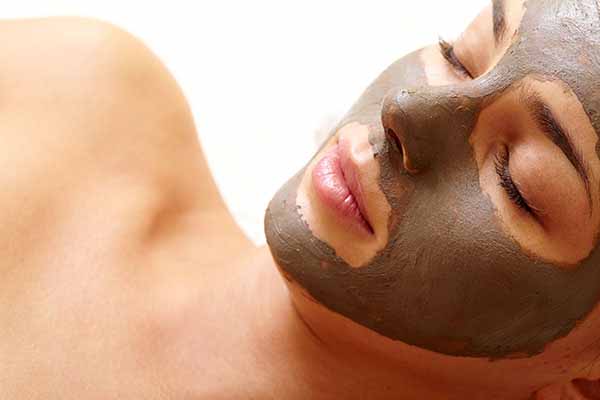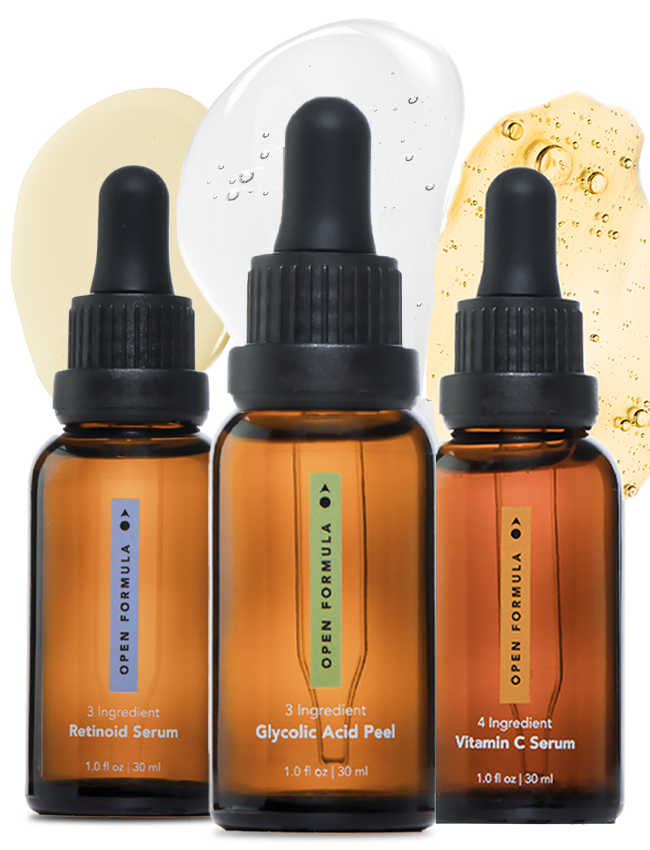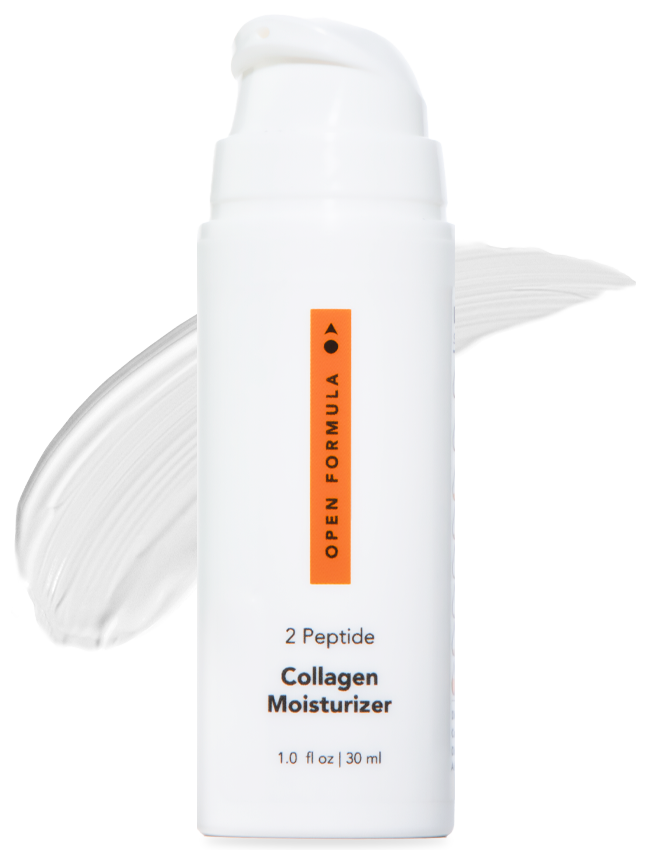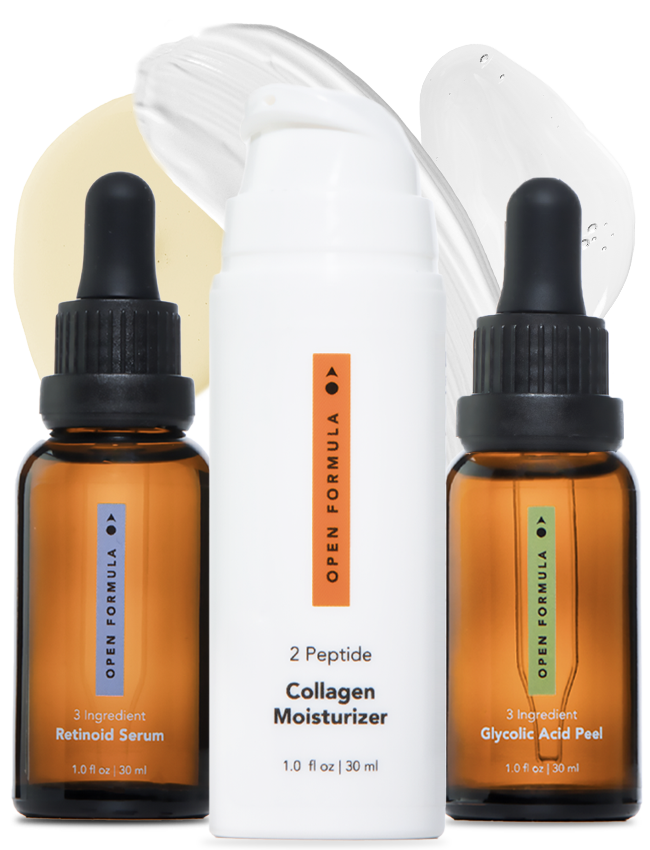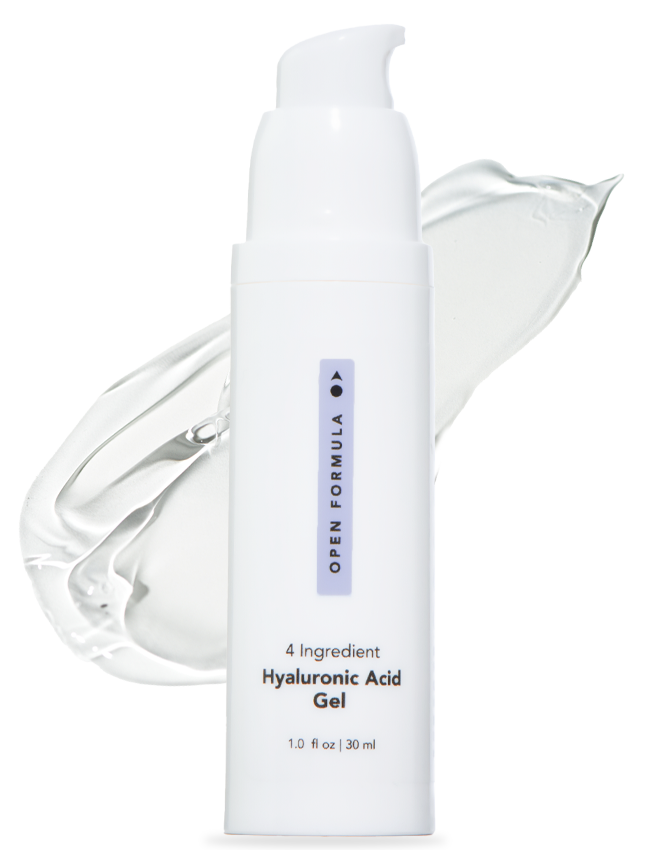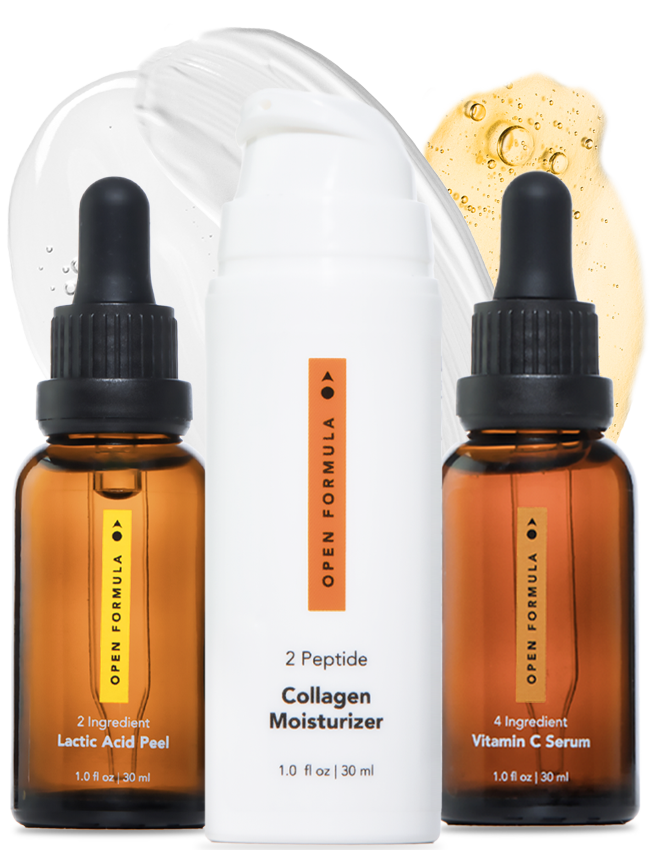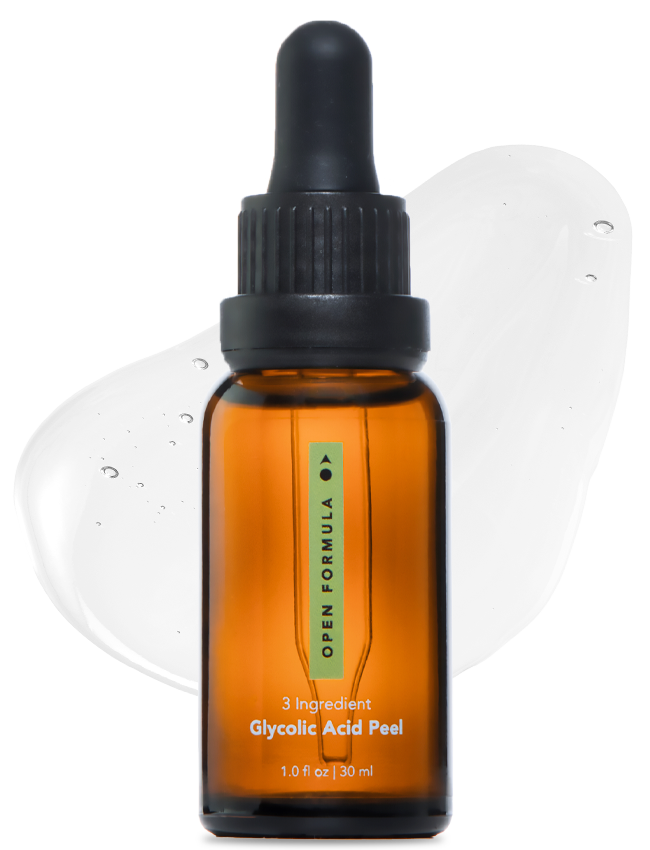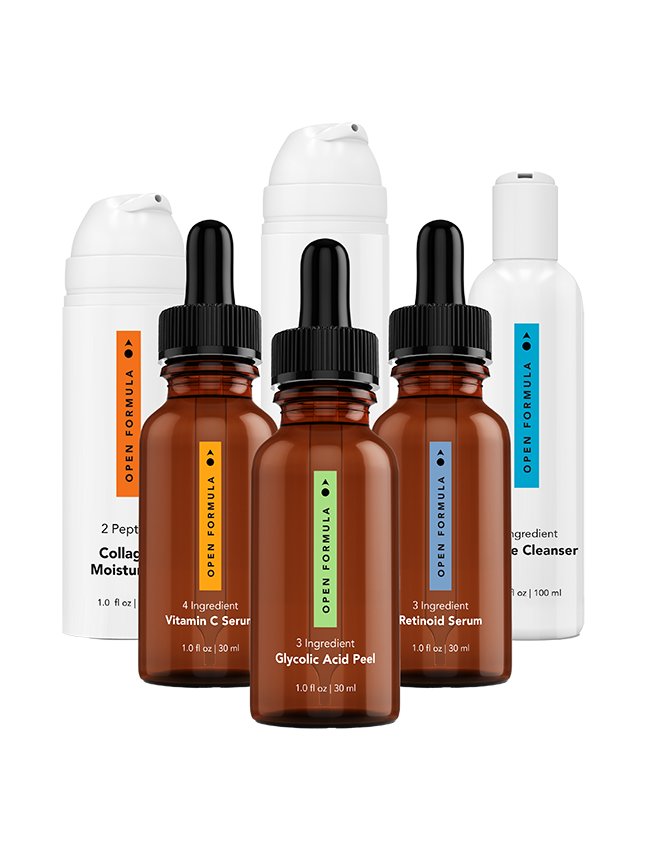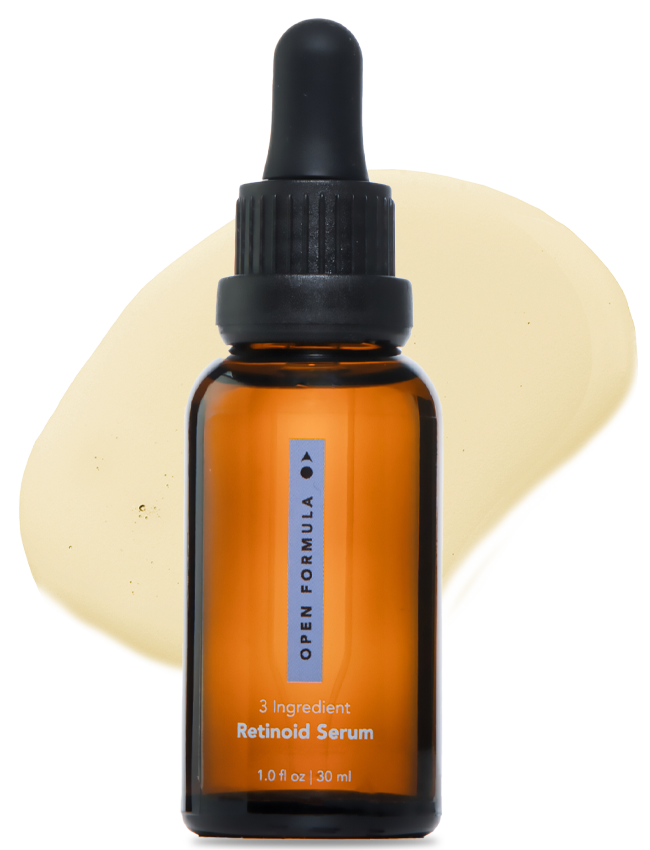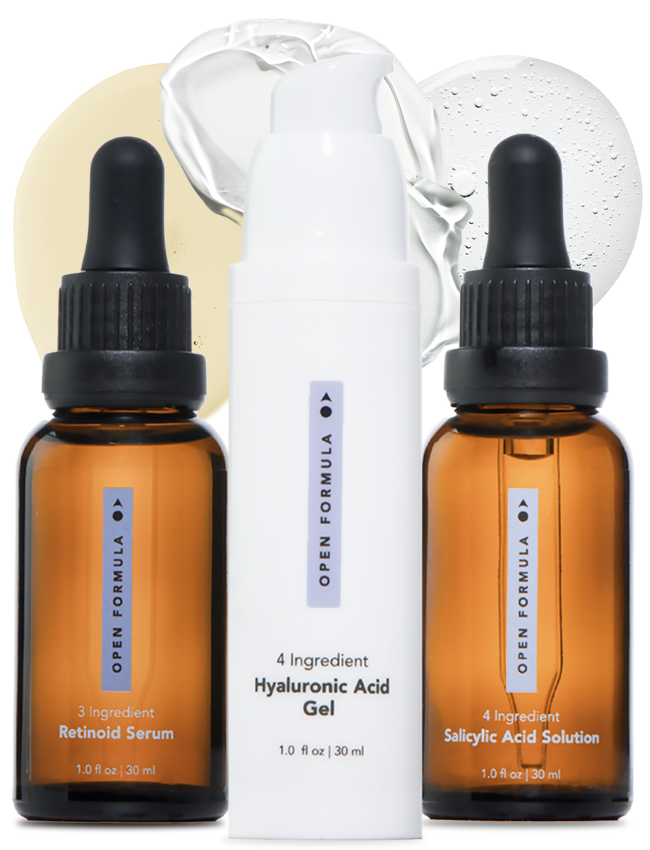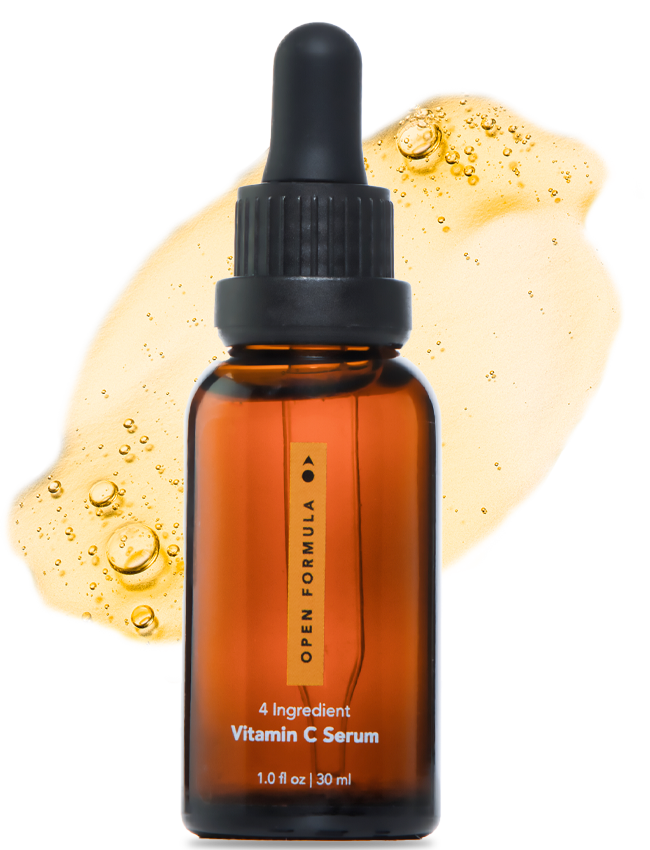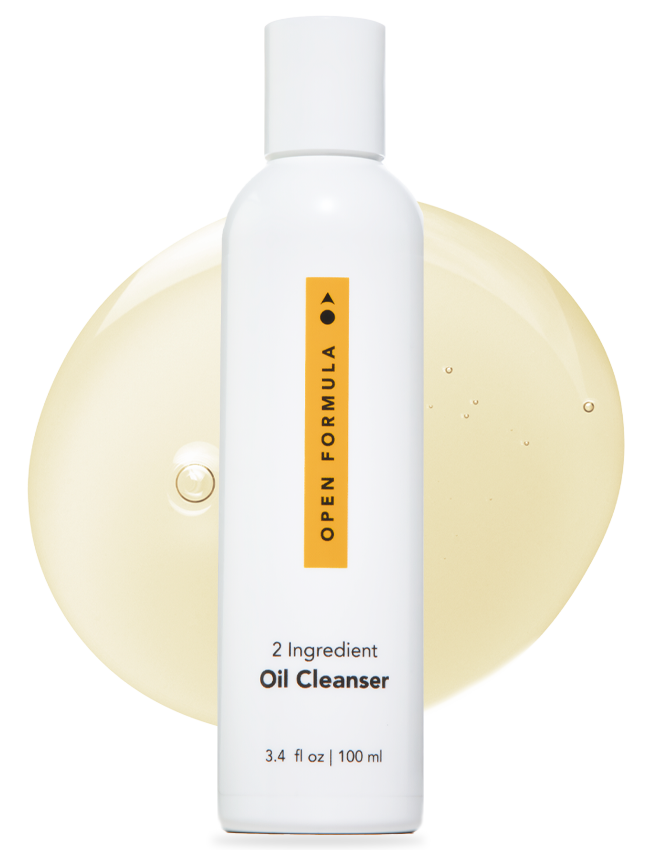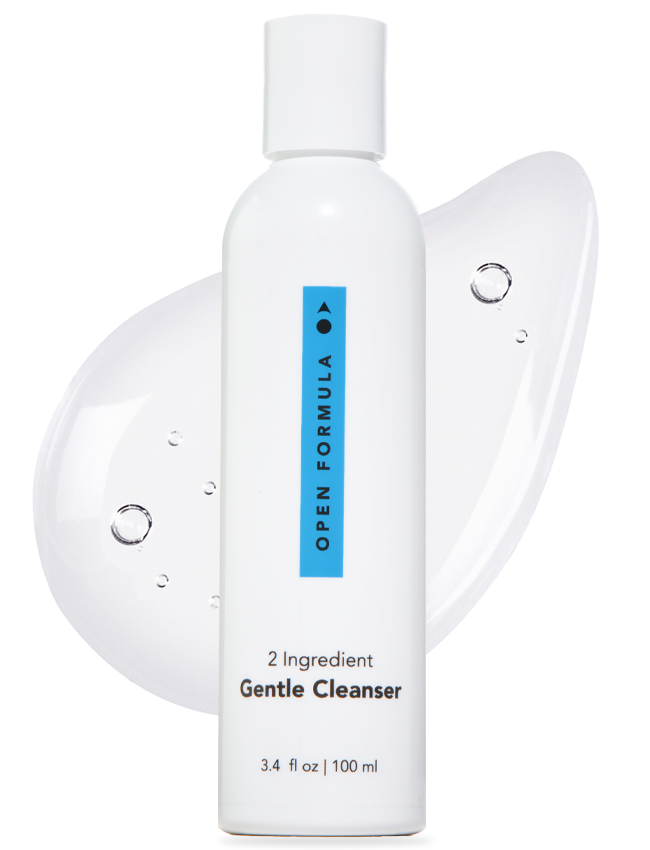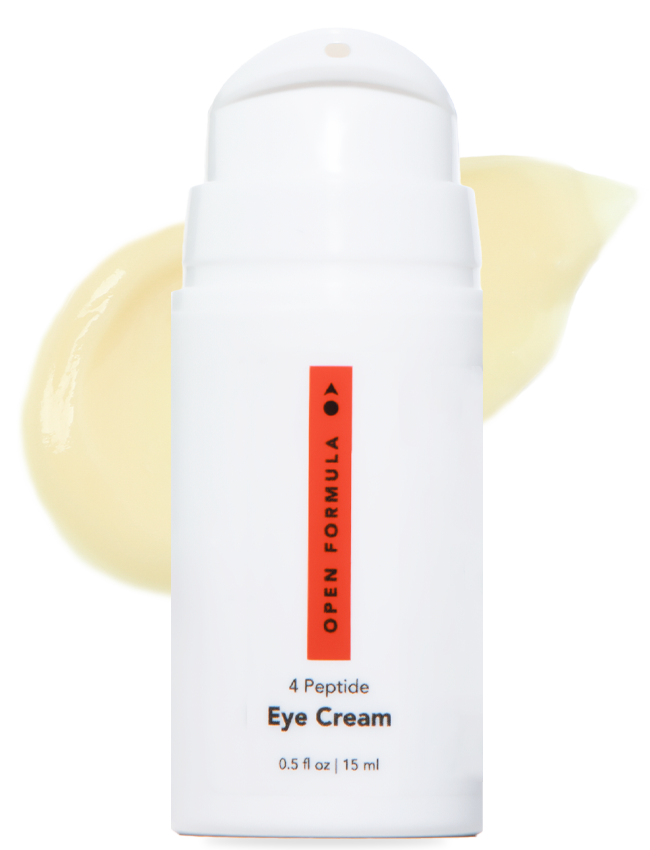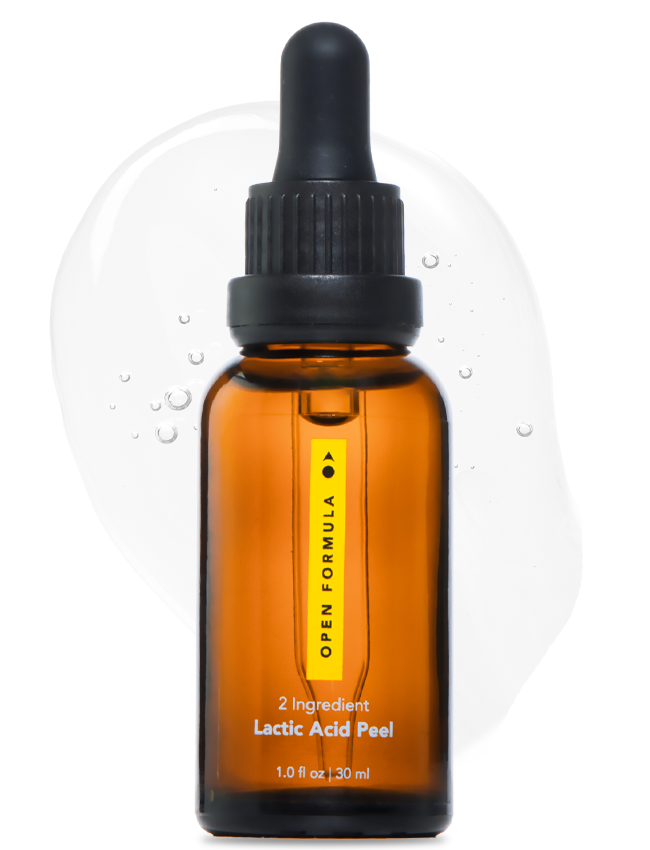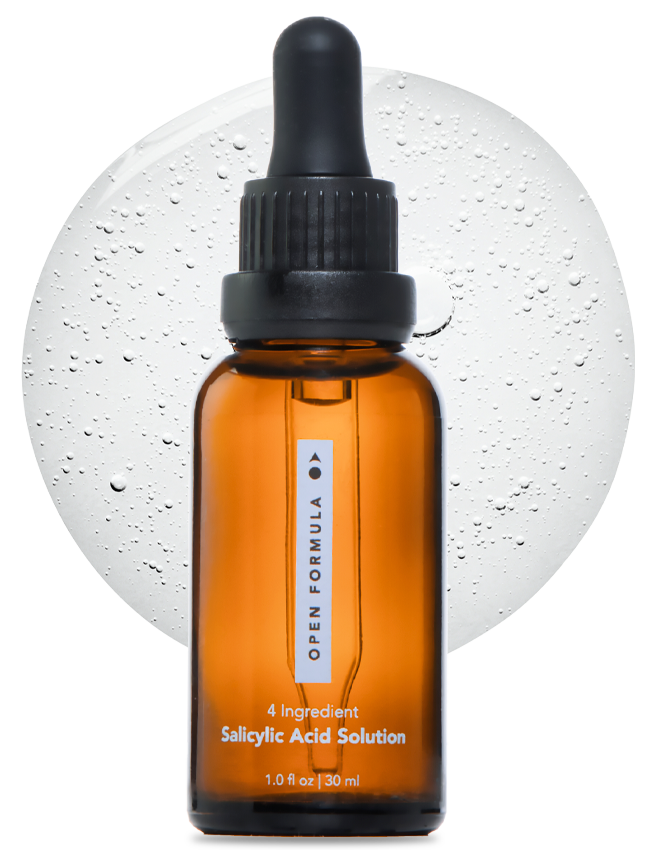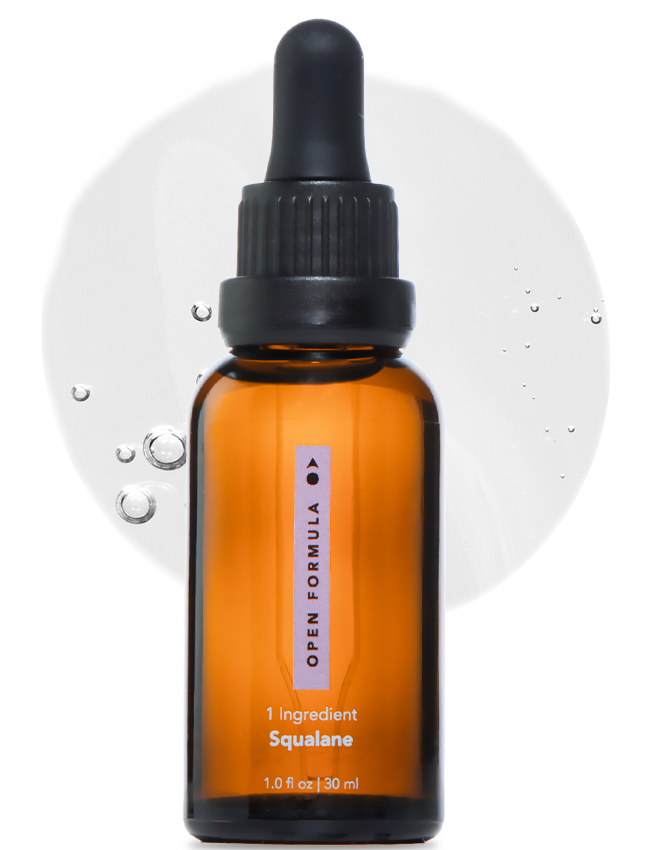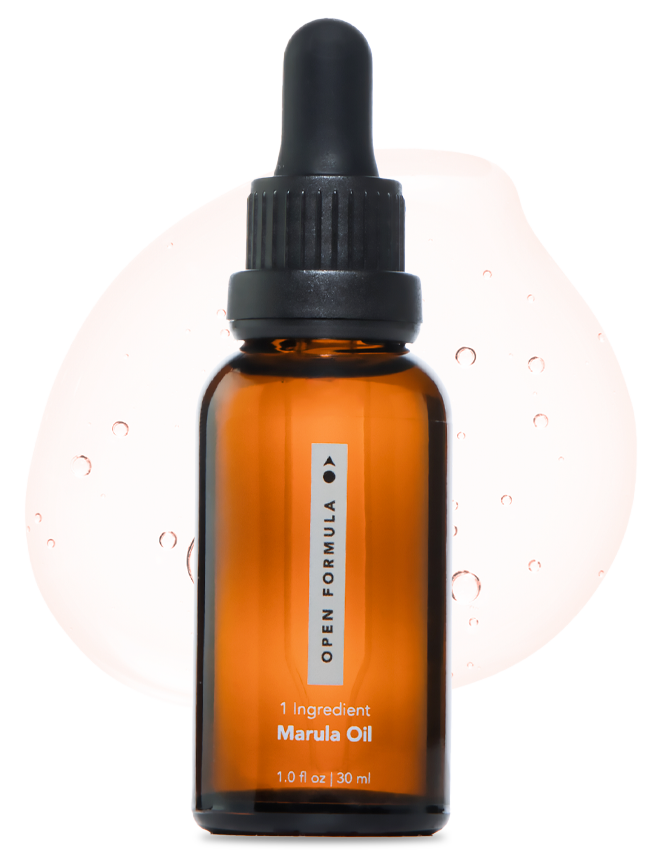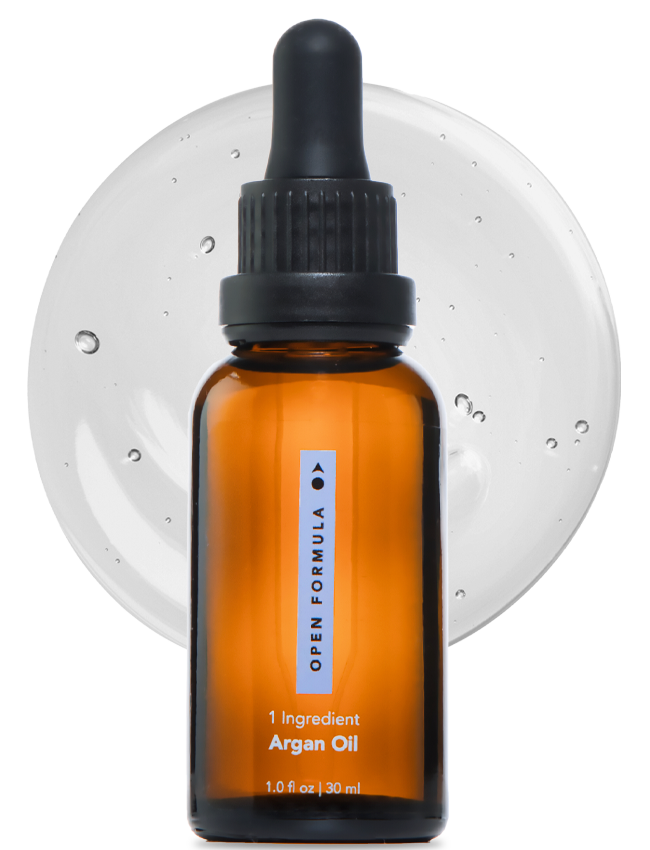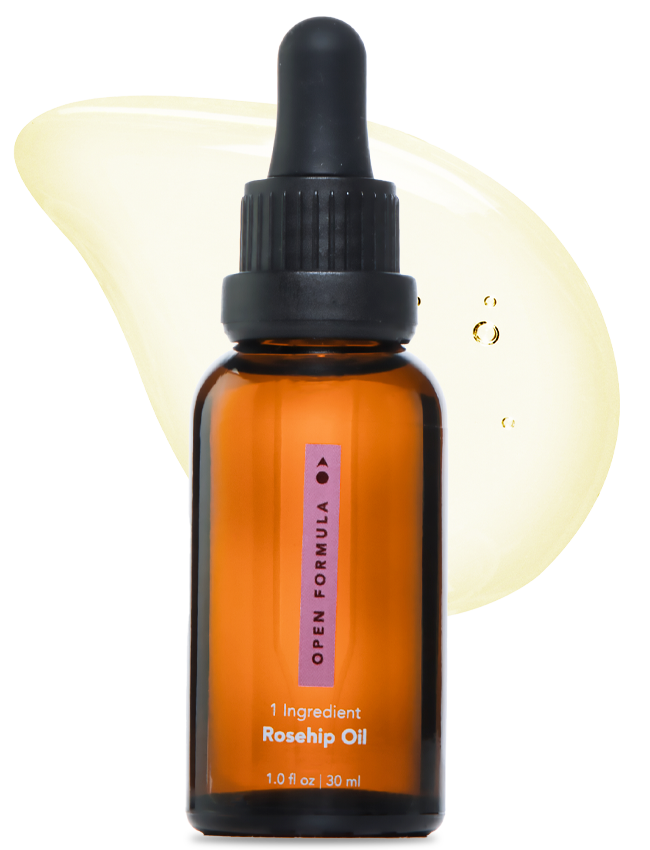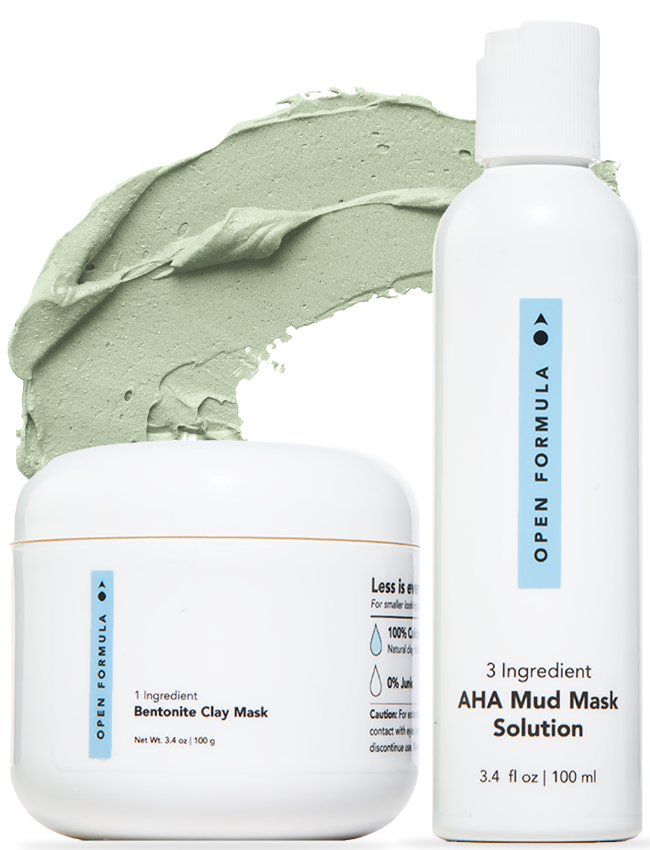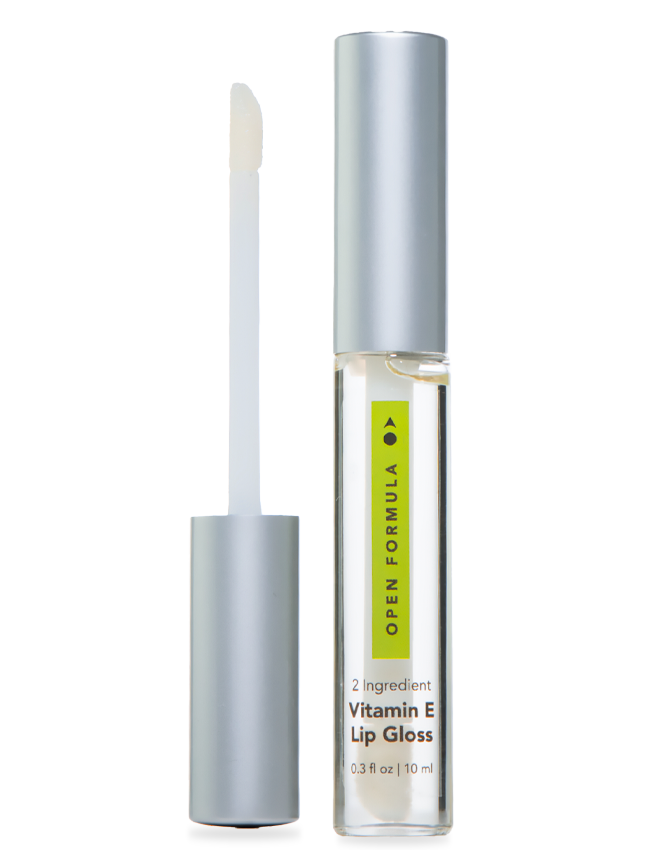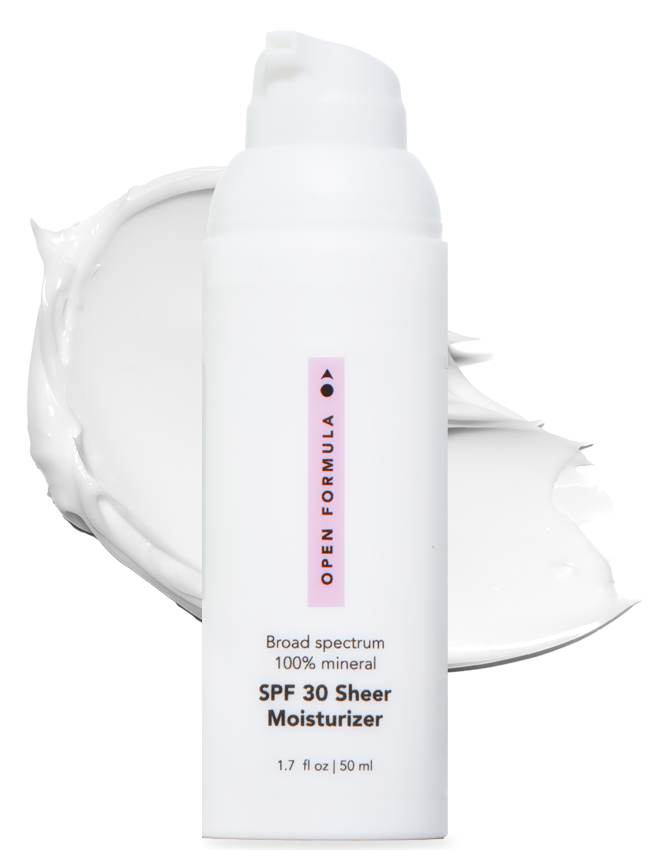Bentonite clay is the reason why “clay masks” work so well for skin, and we don't blame you for wondering, "What is bentonite clay?" in the first place. So, what are the real benefits of bentonite clay, and what makes a bentonite clay mud mask different from just plain old dirt?
A lot, in fact.
What is Bentonite Clay?
Scientifically speaking, bentonite clay is a clay made up of minerals in the “silica” family. It’s formed from volcanic ash mixing with water, then settling into deposits of this mineral-rich clay. Bentonite and other clays have been used by different cultures around the world for centuries, and for good reason. Clay has been traditionally used for all kinds of wound-healing as cold packs compresses, and even consumed as a dietary supplement and cure for gut problems.
These days, it's pretty much exclusively used for its cosmetic benefits on the skin—and believe us, it does a lot!
What are the Benefits of Bentonite Clay?
- Decongests Skin and Dries Out Pimples
There's a good reason why clay masks are almost always recommended for oily skin types! Bentonite clay is famous for its ability to absorb pretty much anything, thanks to its unique mineral composition. When you apply bentonite clay to your skin, it grabs onto all impurities—especially the ones hanging out in your pores and causing breakouts.
- Temporarily Reduces the Appearance of Pores
Because bentonite clay literally acts like a pore vacuum, basically emptying pores of their contents. When pores are super clean and free of any excess sebum, they tend to look really, really small—that’s why clay masks seem to instantly ‘shrink’ pores. Using clay masks regularly is a great way to deep clean pores and help them look as small as possible!
- Has Antibacterial Effects on Acne
Other than drying pores out by absorbing impurities, bentonite clay has also shown that it has some antibacterial abilities. Bentonite clay basically destroys bacteria by getting through their cell walls, stopping breakouts in their tracks.
- Supports Skin Healing
Compared to its traditional use in healing wounds, healing acne sounds like small potatoes for bentonite clay. But it’s true: bentonite clay can encourage the skin to heal faster. This means that any inflamed zits and breakouts will disappear faster for clear skin.
How to Use Bentonite Clay in Your Skincare Routine
Skip on the pre-made masks.The problem with using pre-made clay masks is they tend to dry out before you’re done using them. It’s such a day-ruiner to open a mask you’ve been looking forward to using all week only to find that it's all shriveled up!
The solution?
Use Dry Clay Powder
Get your hands on a dry clay powder so you can make a fresh batch every time, ensuring that your skin can get the most out of using it. It’s also a really, really good value for the money when you think about it! You’re not paying for any preservatives or extra fillers in the product—just pure bentonite clay.
Use An Acidic Solution
Dry bentonite clay works best when mixed with an acidic solution, instead of water. A popular product recommended for this is apple cider vinegar—especially the organic kind. A lot of the benefits of bentonite clay masks are attributed to this vinegar too, especially that it’s all-natural and supposedly rich in vitamins for the skin. But is it really?
The thing is, apple cider vinegar belongs in the pantry, not in your skincare! First of all, it stinks! Secondly, it has a pH of 2.0, that’s too low to be safely used on skin. FYI, getting a chemical peel below pH of 2.0 requires the supervision of a doctor.
Our skin has a natural barrier that helps to protect it called the acid mantle. Part of making sure the acid mantle stays intact is using products that aren’t too acidic (like vinegar) or too alkaline (like bar soap).
So, using an acidic solution works especially well with bentonite clay powder. Used together, the clay mask does more than just absorb any excess sebum hanging around—it exfoliates skin for a brighter complexion and fewer breakouts.
How to Apply A Clay Mask
The great thing about using a clay mask is that it’s not rocket science. Just mix equal parts clay and mud mask solution, using a non-metal utensil to mix the clay. Using a non-metal implement is important, because bentonite clay is negatively charged, and this is how it’s so effective for skin. It grabs onto all the positively charged proteins and oils that are clogging pores. Using metal will neutralize this and make the clay mask less effective.
One warning though: don't apply too thick of a layer of clay. It can be incredibly tempting to spread on a thick layer of clay like peanut butter, but that’s not going to get you the results you want. It’s actually really important to let a clay mask dry out!
By letting it dry completely, you ensure the clay has grabbed any oils (and whatever else is hanging around in your pores) and brought it to the surface. That’s why whenever you use a clay mask, you see those little dots that pop up—they’re almost always in the t-zone area, which is the oiliest part of the face.
How to Remove A Clay Mask
Removing a clay mask is easy, too. Just use the mask right before a shower! You don't have to worry about leaning over a sink, dripping water everywhere, or potentially staining washcloths with clay.
If you are not showering, just use warm water and a washcloth. It will work just fine. Getting some redness for 30 min or so is normal, and it will go away with time.
Clay masks are a great way to bring a little bit of spa luxury to your skincare routine for good skin days, every day!

